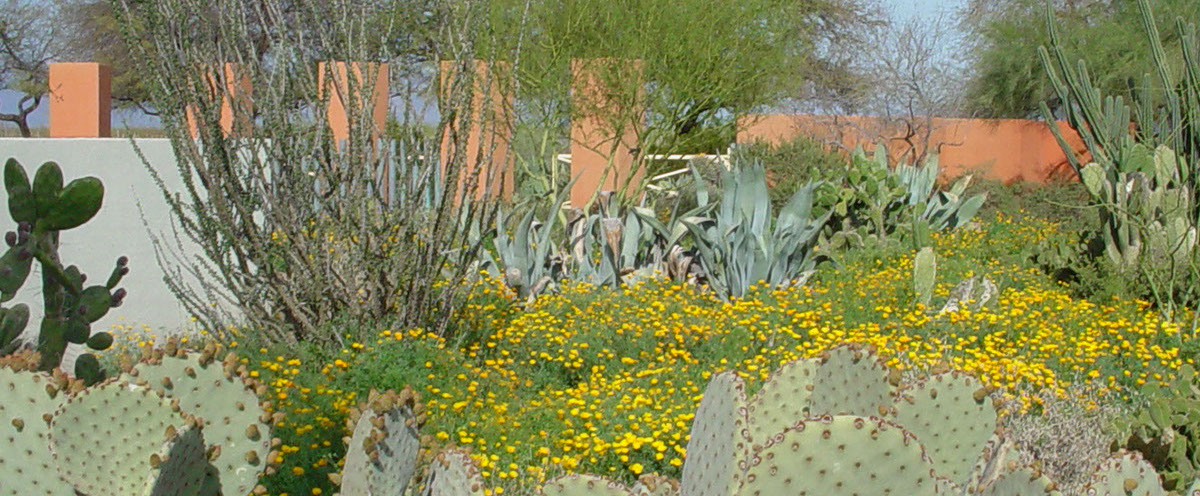
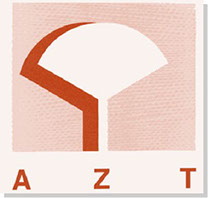

Acacia willardiana
Palo Blanco
Foliage: Deciduous
Mature Height: 10’- 20'
Mature Width: 5’- 10'
Growth Rate: Moderate
Hardiness: 25 degrees F
Exposure: Full Sun
Leaf Color: Green
Shade: Filtered
Flower Color: White to Cream
Flower Shape: Rod Shape
Flower Season: Spring
Thorns: None
Propagation Method: Seed
Sizes Available: #25
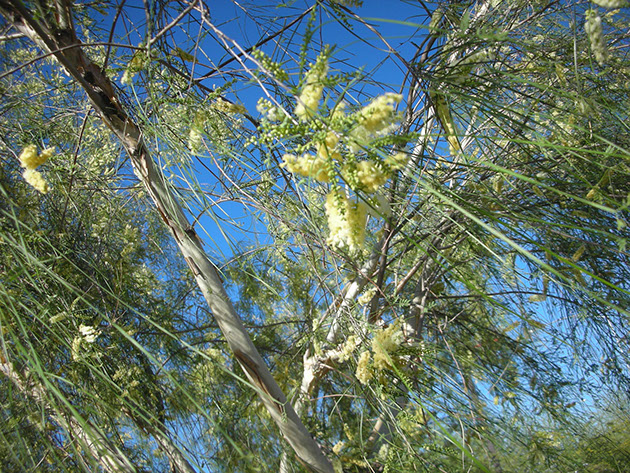
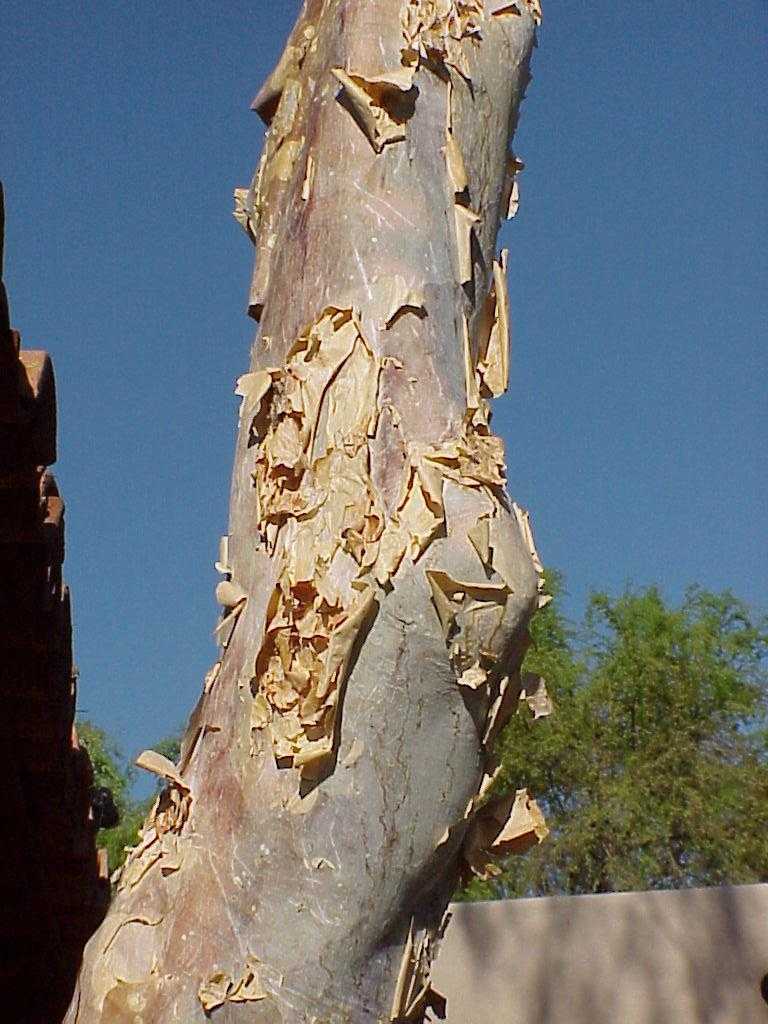
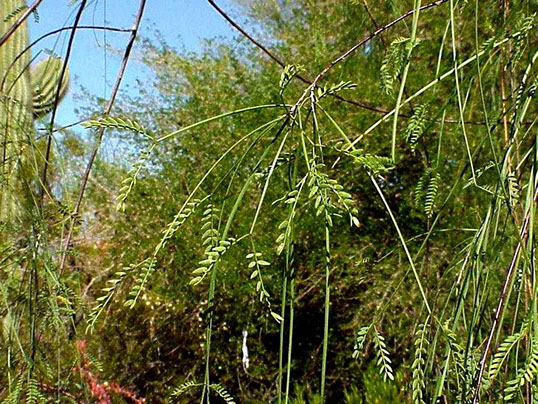
White Barked Acacia and Palo Blanco are the two common names associated with Acacia willardiana. Palo Blanco has a slender, upright form that matures to about 20 feet tall and 10 feet wide. Because of its relatively small size, this delicate, weepy desert tree is used as an accent, in entry areas and patios or to cast shadows against a wall or building. It is found on rocky hillsides in Sonora Mexico and was recently introduced into southwest landscapes. Leaves are made up of a thin 4" midrib that divides to form two leaflets about 1" long. Each leaflet then bears ten tiny leaflets. The canopy on even fairly mature specimens is almost transparent providing only very modest shade. White to cream colored, rod shape flowers appear in spring and mature into dark brown, 3" to 8 " long seed pods over the summer. Trees are deciduous and grows best in full sun and well drained soils. Palo Blancos grow slowly and require little or no pruning once mature shape is established. They are reported to be cold hardy to temperatures in the mid 20's but can be severely damaged by temperatures in this range in lower desert locations. Beside the lacy form of this tree, its other distinguishing feature is the peeling, papery, silver-white bark. The form and texture can be enhanced by up lighting at night or when planted against a contrasting background. It peeling bark and beautiful silhouette and small statue make Palo Blanco an ideal accent tree in arid landscape designs.

© Copyright 2000-2020 Arid Zone Trees